Additional Nutritional Considerations
Loss of Nutrients
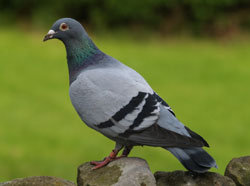 The loss of nutrients in stored seed should be considered when ensuring optimal nutrition for your racing pigeons. Consider the fact that seed gets harvested once a year so, at some point, the available seeds can be a year or more old. As the seed ages, there is loss of vitamins due to the process of oxidation. Also, the fats in the seed become rancid.
The loss of nutrients in stored seed should be considered when ensuring optimal nutrition for your racing pigeons. Consider the fact that seed gets harvested once a year so, at some point, the available seeds can be a year or more old. As the seed ages, there is loss of vitamins due to the process of oxidation. Also, the fats in the seed become rancid.
The successful fancier will prevent accelerated nutrient loss through the proper storage of seed and other feeds. Store seed in a cool place, away from moisture. Prevent unnecessary oxidation by filling storage bins to the brim before sealing.
Provide additional nutritional insurance through the administration of a complete water-soluble multivitamin, such as Multi-vite Plus. And always have pink mineral available.
Proper Amounts of Protein and Fat
Basically, all-seed diets are low in protein but high in fat. As birds eat to meet both their protein needs and energy requirements, they will become obese. Certainly not fit for racing! Ensuring that the correct levels of protein and fat are provided for racing and then again for breeding requires some careful consideration.
Protein and Fat Requirements for the Racing Bird
The racing pigeon requires 12% protein and 4% fat. If the amount of protein is too low, the result is an impairment of the normal enzyme and hormonal activity, a delay in the healing and recovery process and abnormal growth of the muscles, bones and feathers.
If the protein level exceeds what is needed, there is an increase workload on the kidneys, which can be fatal. There was a case where stock pigeons died from kidney failure after being fed a diet of only turkey pellets (30% protein) for over six months.
If the fat level exceeds what is nutritionally required, the bird will become obese. If there is not enough fat, there will be weight loss, poor growth and reduced resistance to disease.
It is challenging to correctly balance the birds’ diet to deliver the right levels of protein and fat for health and also match the current workload. In addition, you need to obtain the correct weight and fitness in the bird.
Dr. Colin Walker, a veterinarian who races pigeons, has provided us with a recipe for a good racing diet, which contains 12% protein and 4% fat. Here it is:
- Base racing diet of 30 to 40% peas
- 15% each of maize, sorghum, wheat and safflower
- One to two handfuls of mixed small seed (millet, canary, rape, and linseed) per 12-liter bucket
You can adjust the diets by substituting the protein sources, such as using vetches (35% protein) in place of peas. Of course, you will need to adjust the level of peas to keep protein level from becoming too high.
Also, the breeding diet consists of 18% protein so you will need to adjust the levels of peas, beans or vetches to achieve that protein level.
Also, in both the racing diet and the breeding diet, remember to supplement as discussed above.
To give you a quick summary, the following nutritional supplementation is recommended, again by Dr. Walker:
- Complete multivitamin/trace element drink one day per week in the drinking water (Multivite Plus)
- Free access to pink mineral and balanced grit (PVM Powder and the Australian Pigeon Company’s Health Grit)
- Wheat germ oil-based supplement together with yeast on seed for two or more feeds weekly (eg Polyseed Oil)
- Chopped green vegetables with diced carrots weekly (or diluted carrot juice)
Again, other supplements may have some nutritional advantages and should be used wisely, such as commercially available teas that contain micronutrients and naturally occurring acids that help to protect the bowel from disease.
Overall, do not feed correct blend of seeds cafeteria style thinking your birds know what they need and will eat only what they need. Actually, the birds will eat only what they prefer- like a kid allowed dessert before the vegetables.
I hope that this article series has given you the information you need to equip your loft for optimal competitive and breeding performance by providing a complete and balanced diet.

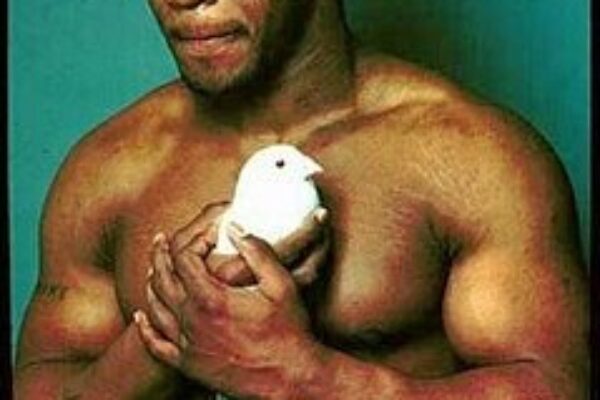


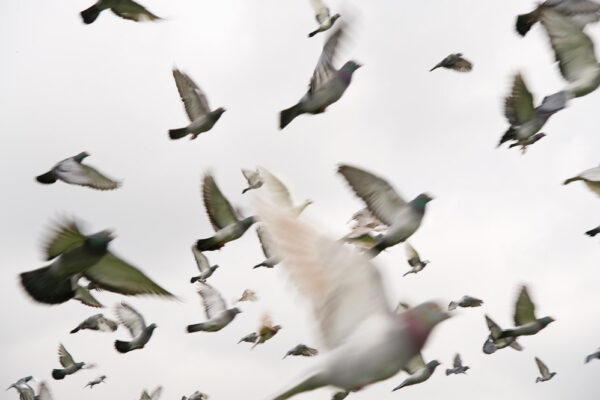
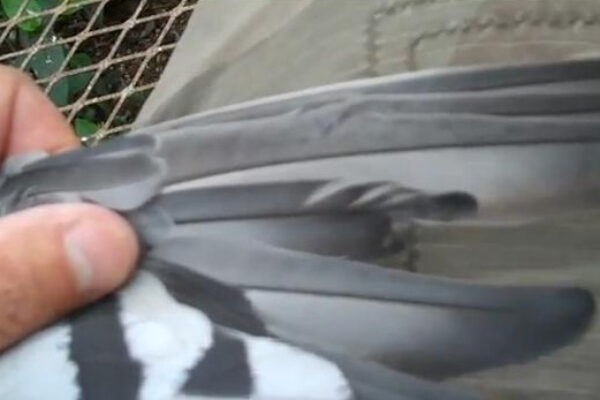
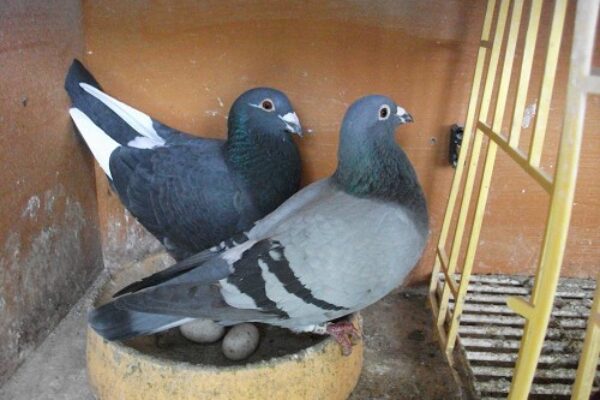


Depends on what disease your birds are carrying or what not, you could get pistaciosis in the lungs(a chlamydia type bacteria) from the dropping dust from scraping without a proper mask. An N9 mask should always be worn when cleaning. But generally healthy birds shouldnt cause the fancier to get sick. Or unless you could develop ‘bird fanciers lung’ from being allergic to the birds dander dust that is produced right after a flight movement, breathing this in can cause an allergy and a fever 4-5 hours after being exposed. It can last afew days in some people with pneumonia type symptoms and it is caused by the proteins in the bird feather dander dust. A well vented and DRY loft can prevent all this along with an N9 dust mask.
I have been giving mine one 250g tin per 20 birds.Is this too little.
its too little .give them 350-400grms
Hi Jeff, is that 420 grams of seed per day
To whom it may concern,
Hi kindly know if dust from Pigeons in your loft area do it create any sickness towards the fancier in a later stage in your life thank you.
Regards
Will rolled oats help or hurt their diet?
A good article, But no indication of how much food per pigeon to feed per day!!
Regarding your question on amounts to feed.A good rule of thumb is one standard size baked bean tin (410/420grams) of food per ten birds(racing).Stock birds feeding youngsters will require more feed dependant on what stage/age the youngsters are at.
Hope this helps.